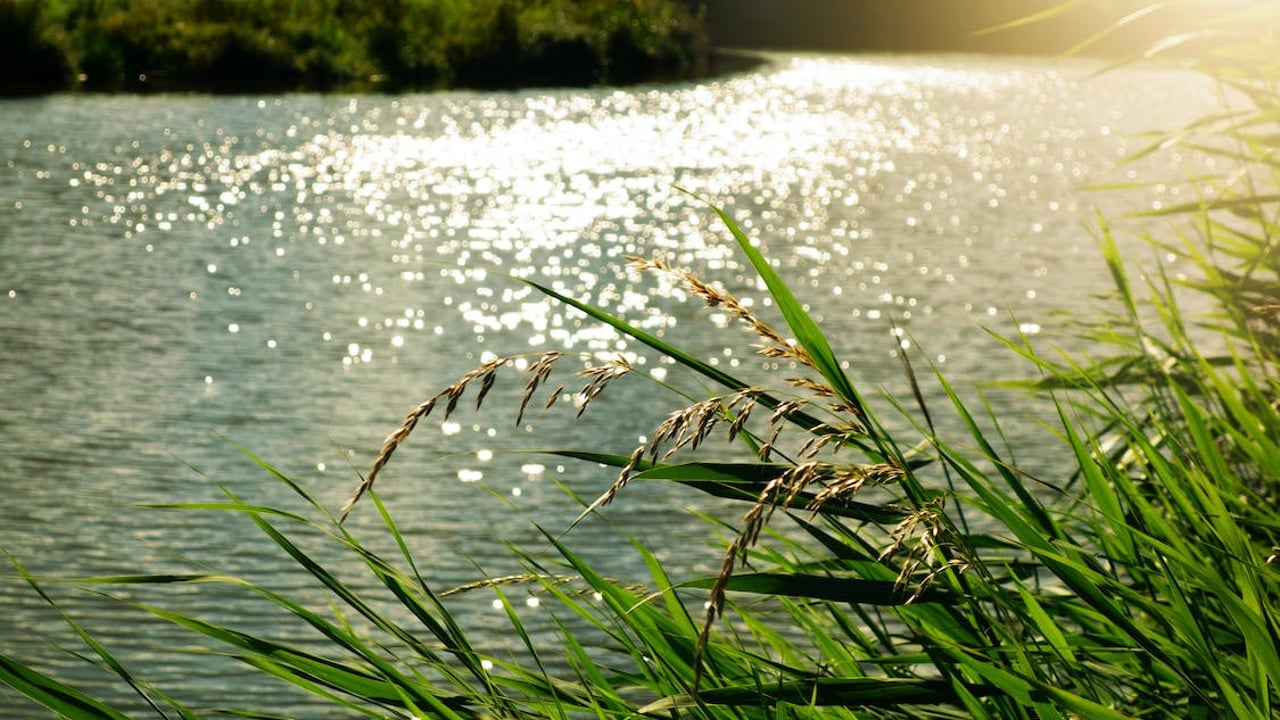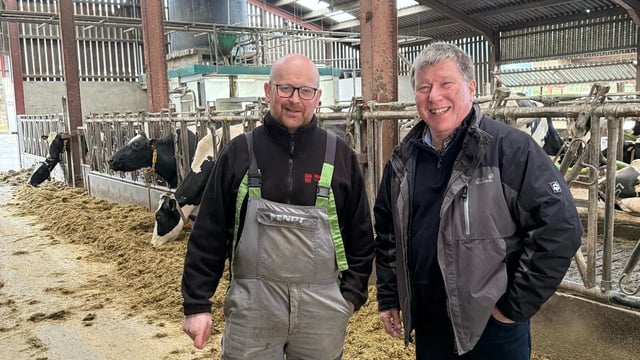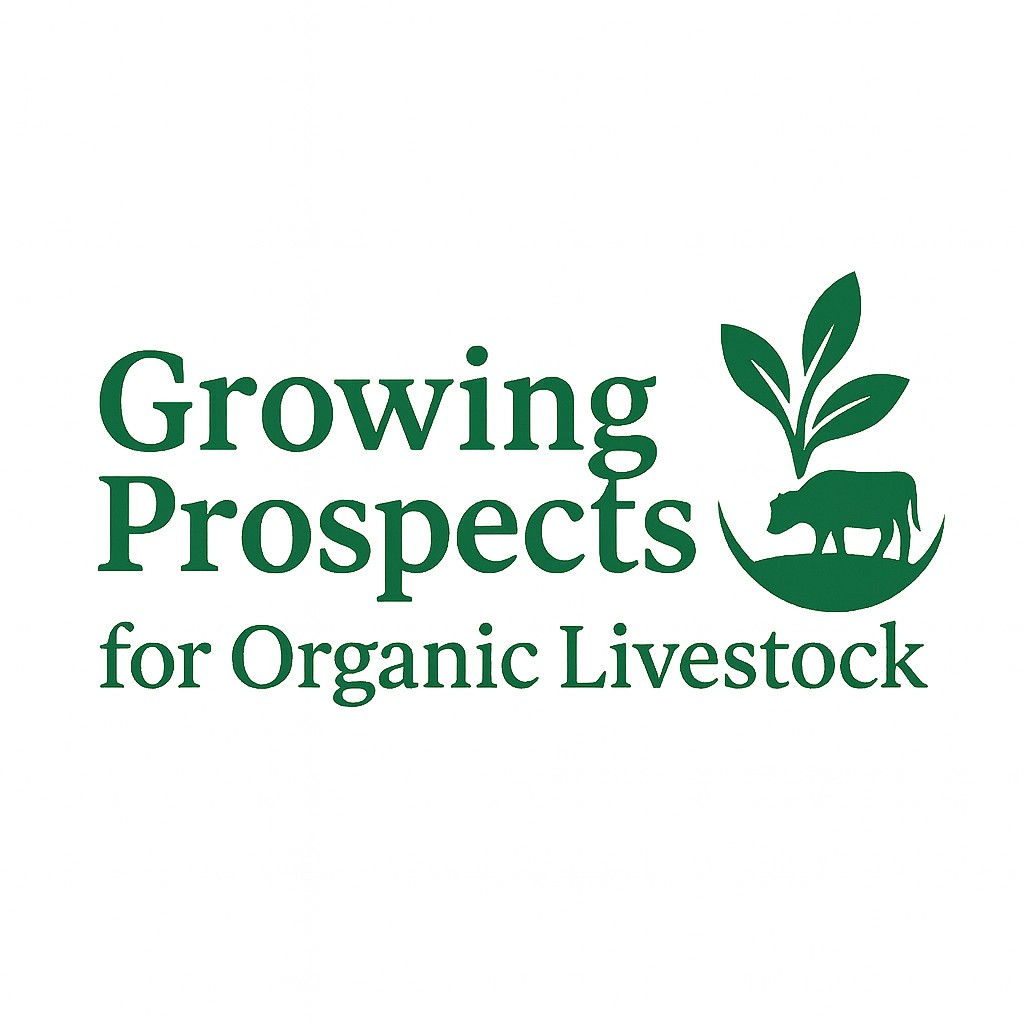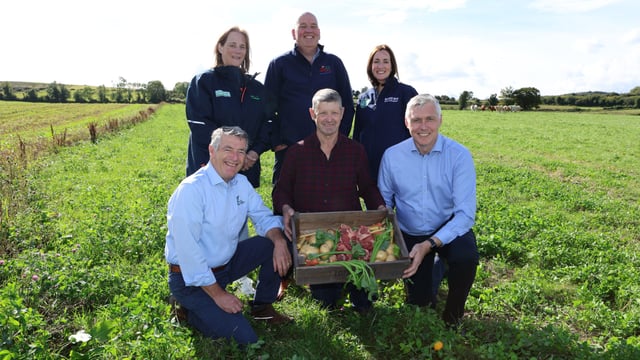EPA report 'shows farmer efforts starting to pay off' - MEP
A new report from the Environmental Protection Agency (EPA), which was released today (Wednesday, March 19), has been welcomed by an Irish MEP, who said it shows that the efforts of farmers to reduce nitrates levels in water are "starting to pay off".
Ireland South MEP Billy Kelleher called for an end of what he called the "demonisation" of farmers, following the publication of the report which said nitrogen levels in Irish rivers are at their lowest level in eight years.
"Anti-farmers have used rising nitrogen levels in Irish waters to try and beat up Irish agriculture and, in particular, the dairy sector. This needs to stop," the Fianna Fáil MEP said.
"Over the last decade, the dairy community in Ireland has done everything that has been asked of it in terms of mitigating the effects of dairy farming on the Irish environment.
"We now have clear evidence that their work has made a positive impact. It is clear that we can reduce nitrogen levels without cutting the legs from under our thriving dairy sector," Kelleher said.
He added: "We are now on the right track. The Irish government can go with confidence to the European Commission and seek the maintenance of the [nitrates] derogation."
Kelleher acknowledged that more work needs to be done to retain the nitrates derogation, but said that "we know what we have been doing is working".
The Early Insights Nitrogen Indicator from the EPA has been developed to provide information on nitrogen levels and is based on monitoring data at 20 major and representative rivers.
Overall, the Early Insights Nitrogen Indicator shows that nitrogen levels have improved in 2024. However, nitrogen remains too high in the south-eastern half of the country, according to the EPA.
The reports states that agriculture is the primary source of nitrogen in these areas.
Commenting on the report, director of the EPA’s Office of Evidence and Assessment, Dr. Eimear Cotter said: “The EPA continually strives to produce timely information and evidence on Ireland’s environment.
“Specifically, this publication responds to a need for early insights into trends in nitrogen levels. Agriculture is the primary source of nitrogen in Irish rivers and there is significant action underway within the sector to improve water quality.
“It is therefore very welcome to see these early signs of improvement. It is important that the sector builds on this momentum and continues to implement actions to reduce nutrient losses in a targeted way," Dr. Cotter added.
The EPA will publish its three-yearly assessment of water quality in Ireland, for the period 2019-2024, later this year.





